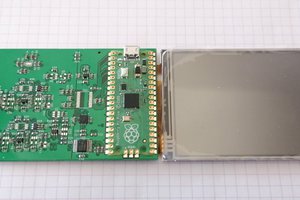For a bit under a year I have been researching the influence of flow on the impedance of (dilute) electrolytic solutions (if you’re not familiar with this terminology, read this log before proceeding), and I have found that there is an influence. However, it was very much an explorative study, so I had to little data to find a statistically significant pattern, or law if you will.
In this project, I will try to prototype the approach to flow sensing mentioned in the description by trying to build a flow sensor array and using it gather enough data to find the exact correlation between flow and it’s influence on impedance spectra. This correlation can then in turn be used to find the flow corresponding to a given influence on an impedance spectrum, hopefully turning the test setup in a flow sensor.
The project consists of a linear slider, sliding a measurement module through a basin filled with tap water, with various concentrations of table salt added to it. The measurement module is a Rapid Impedance Spectroscope Array, which I will shorten to RISA from hereon. It’s purpose is to gather various impedance spectra between various electrodes in it’s array while being slid through the electrolytic solution at various speeds.
Whenever I get all that working, I will gather some data, changing various parameters, such as flow, electrolyte concentration and solution height. Afterwards, I want to perform some mathematical analysis to figure out patterns, which will hopefully aid in the creation of a flow sensing demo, and perhaps even yield some more insights into the mechanism causing the influence.
We’ll see if it works!
You can use all information here, and everything in the GitHub repository under a Creative Commons Attribution-ShareAlike 4.0 International license.
 Arthur Admiraal
Arthur Admiraal
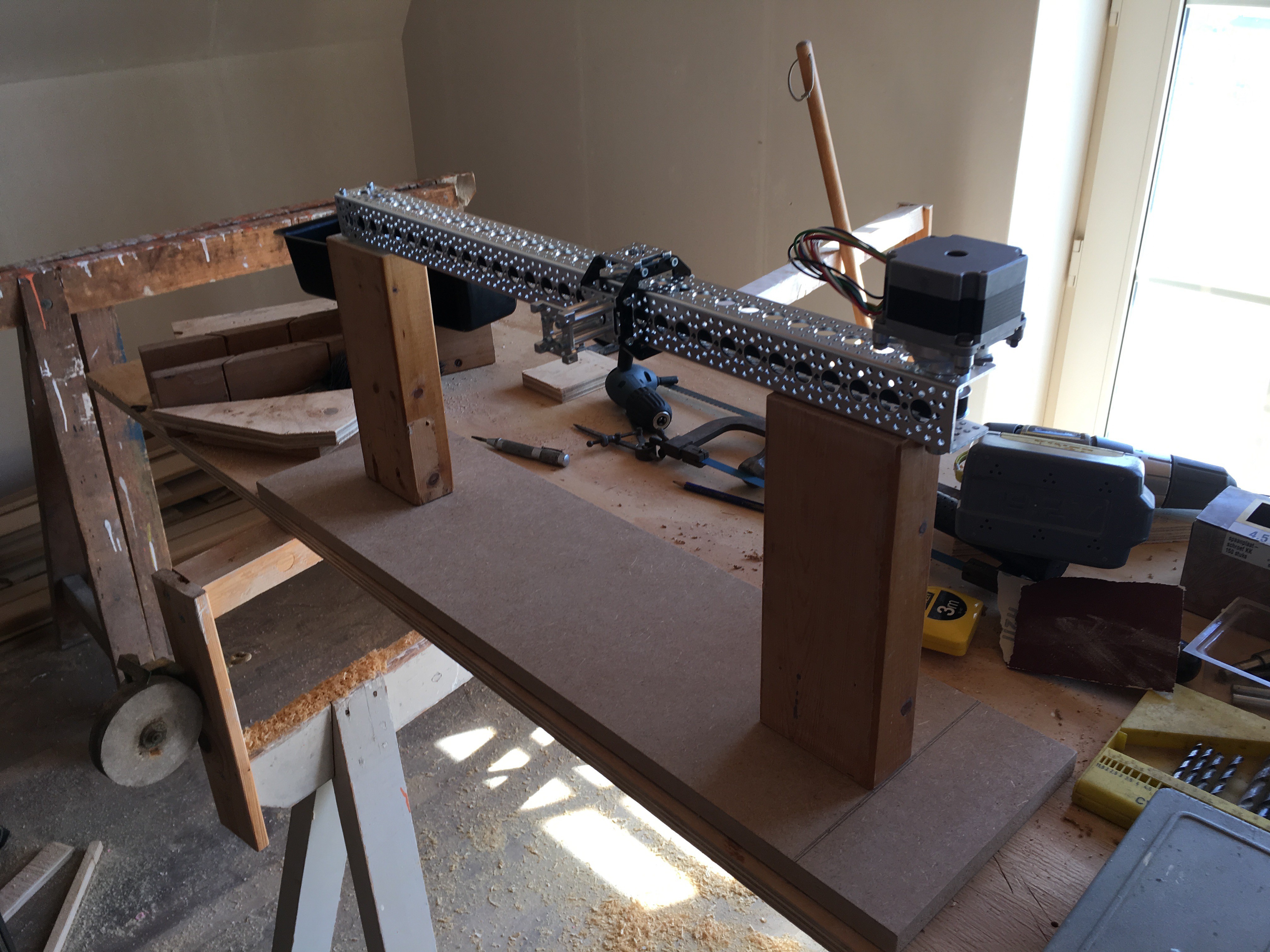
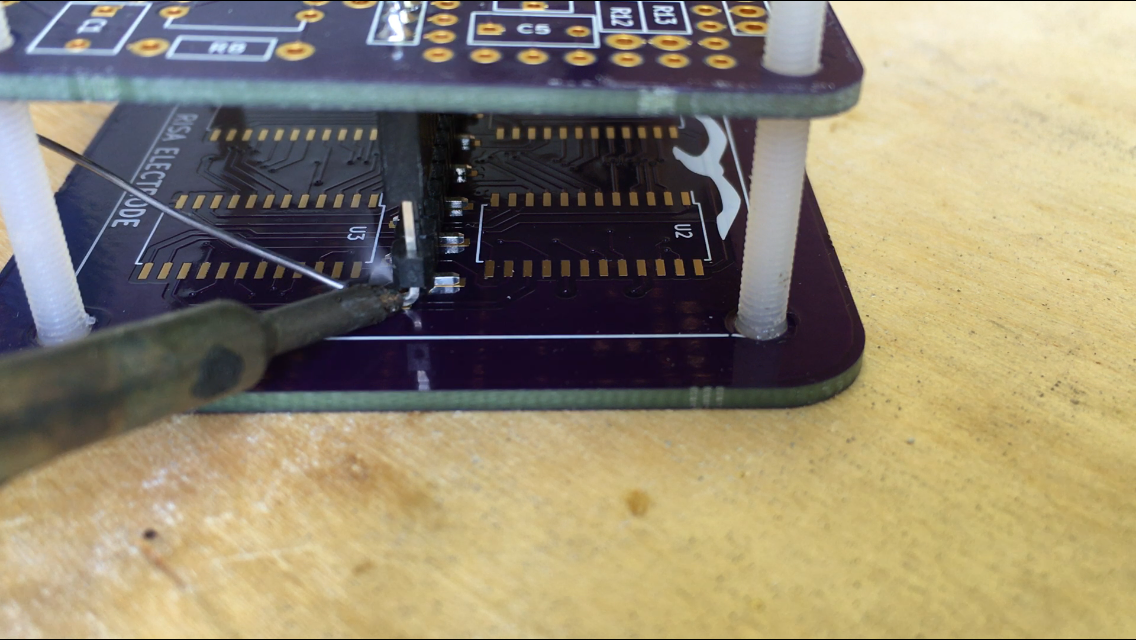
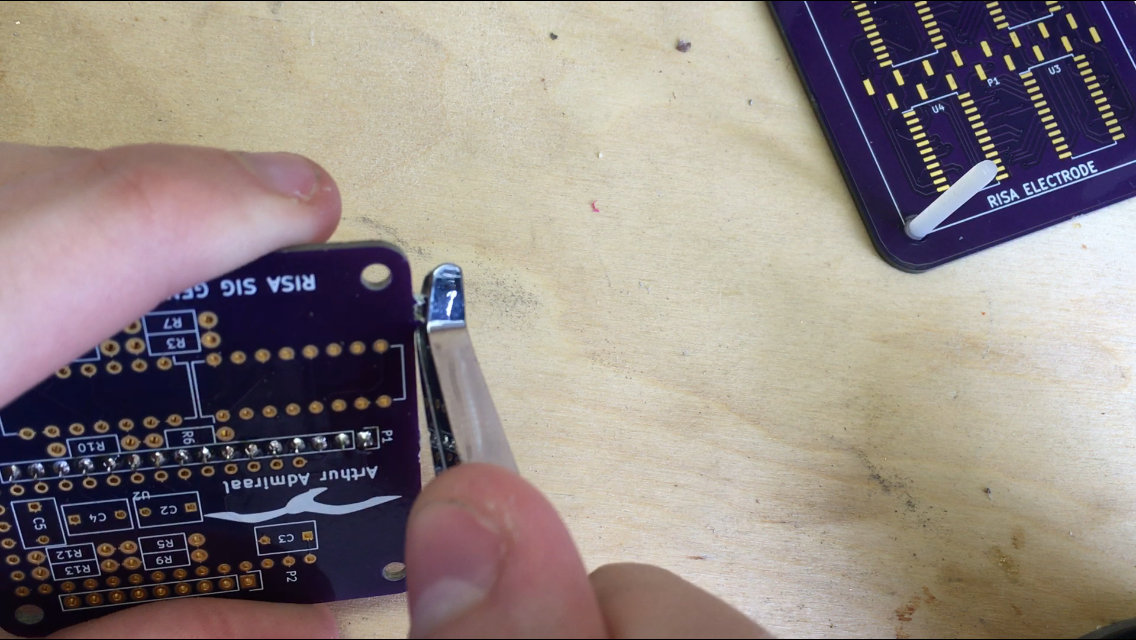
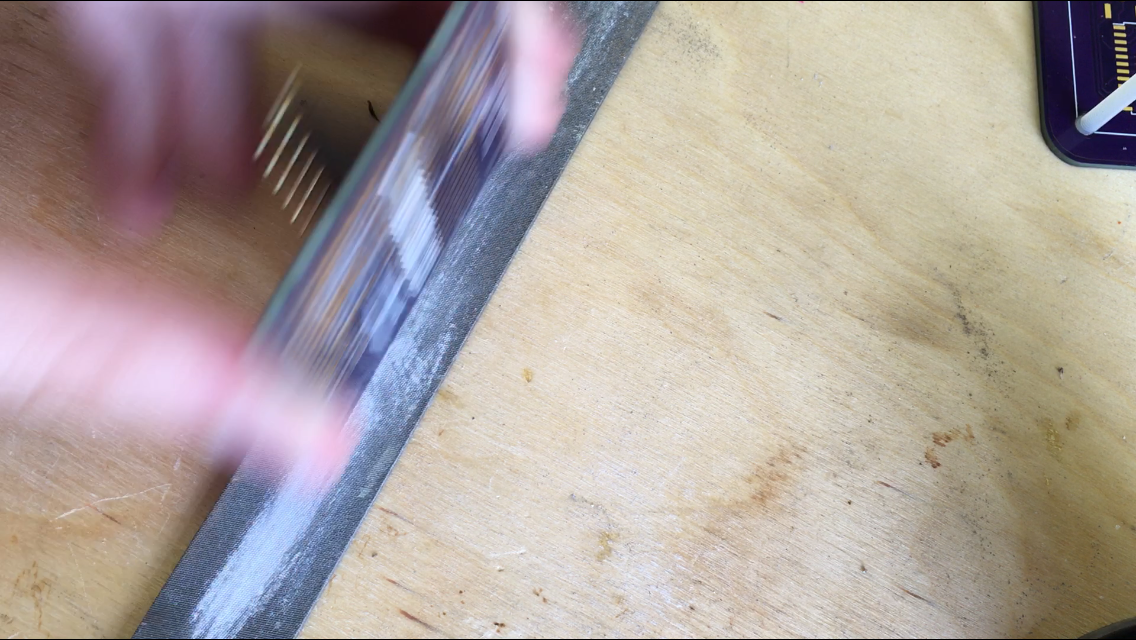
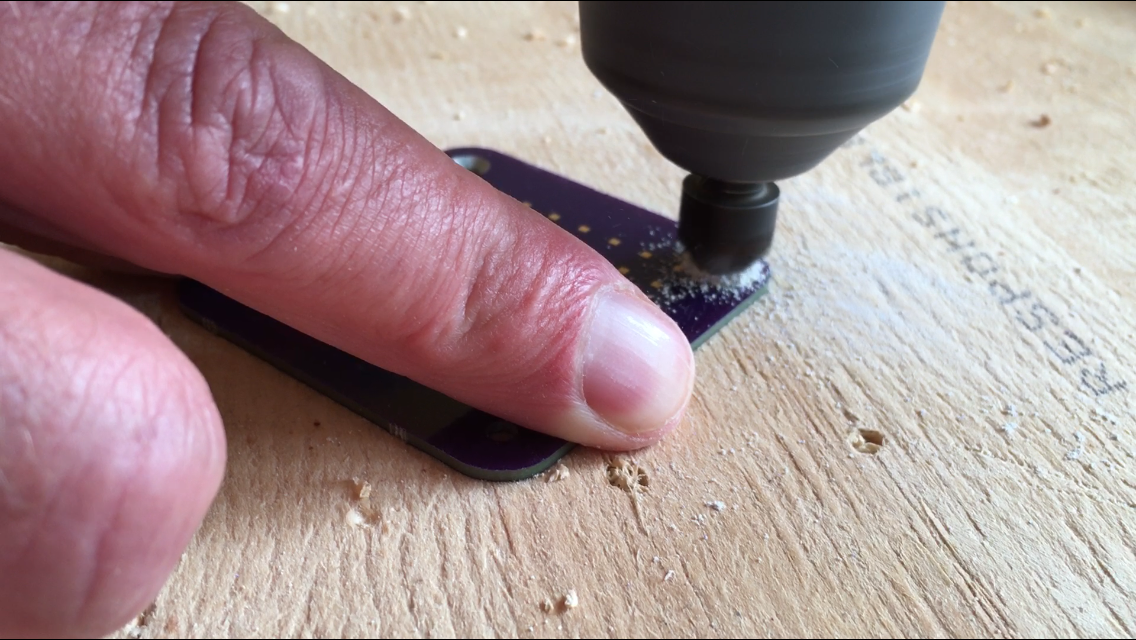
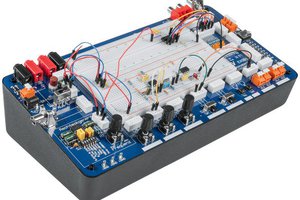
 Just Me NL
Just Me NL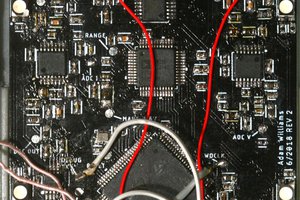
 lion mclionhead
lion mclionhead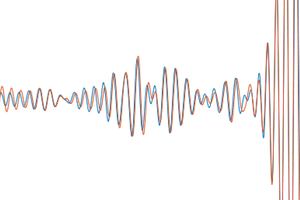
 Ben Hencke
Ben Hencke